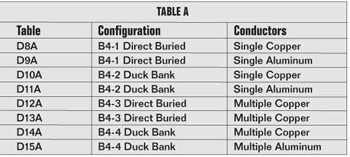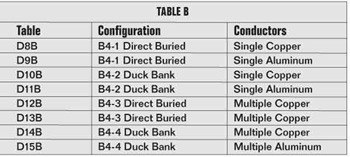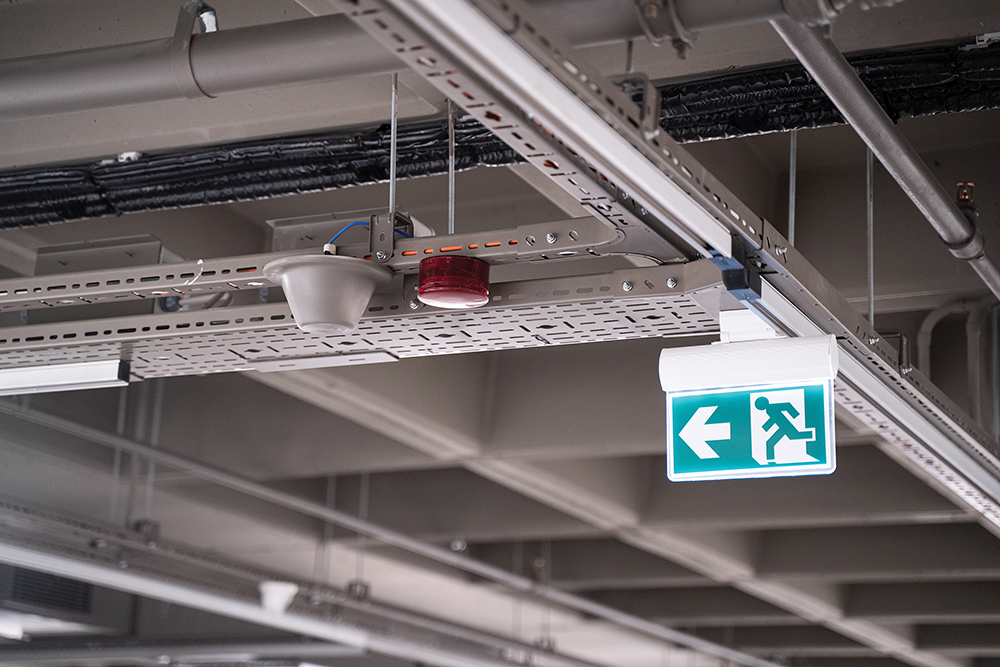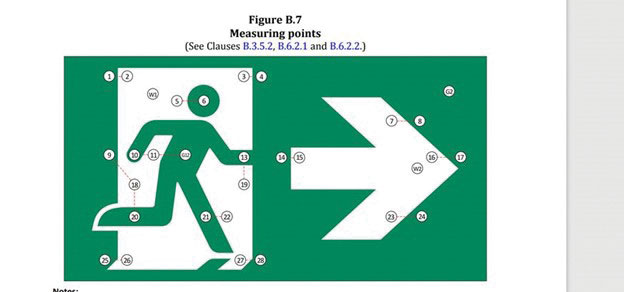Several of the rules in the Canadian Electrical Code are quite complicated, and it requires our close attention to get them right. This article discusses two of those rules, 28-604 for motor disconnects and 4-004 for underground conductor ampacities.
One of the trickiest CE Code rules to follow and interpret correctly is Rule 28-604 Location of Disconnection Means, which prescribes the locations of motor disconnects. Rules 28-604(1) and (2) deal with the location of disconnects for motor circuits. Rule 28-604(3) and (4) cover disconnections of motors and motor controllers.
Rule 28-604(1) specifies that a motor circuit disconnect (circuit-breaker or switch) must be located at a point of supply (such as a motor control centre or distribution panel). The rule goes on to state that when the motor circuit disconnect also serves as the disconnect for the motor and its controller, the motor circuit disconnect must be located within 9 m and within sight of the motor and its controller.
However the disconnect may also be located beyond 9 m and out of sight of the motor and its controller if the motor circuit disconnect is arranged so that it can be locked OPEN, and is labeled to identify all of the loads that it supplies. But, there is also an exception. Rule 28-602(2) specifies that when a draw-out circuit-breaker is used to isolate a high voltage motor (above 750 volts), the draw-out circuit-breaker must be within 9 m and within sight of the motor and its controller.
Rule 28-604(3) tells us that, except for air conditioning and refrigeration, the disconnect for a motor and its controller must be located within 9 m and within sight of both the motor and its controller.
Rule 28-604(4) provides an alternative to this requirement, stating that when a motor circuit disconnect cannot be locked OPEN, and an across-the-line manual motor starter is used as a disconnect, the starter may be located beyond 9 m and out of sight of the motor as long as the starter can be locked OPEN and is designed to safely interrupt the motor locked rotor current. This option applies only when installing a disconnect within 9 m and within sight is impracticable.
Another complicated requirement, Rules 4-004(1)(d) and 4-004(2)(d) provide the allowable ampacities for copper and aluminum underground conductors #1/0 AWG and larger. The rules are supported by sketches and tables. Great care is required to ensure the rules are interpreted correctly. Points to watch out for:
1. The permissible underground cable configurations are located in Appendix B. The tables that provide allowable ampacities relating to the cable configurations are located in Appendix D. It would be easier if both the cable sketches and their related tables were placed in the same electrical code appendix, preferably on pages opposite each other.
2. There are four sets of underground cable configurations in Appendix B, in single and parallel conductor arrangements, directly buried and in underground duct banks.
3. There are 16 tables that provide maximum allowable ampacities, four for each set of cable configurations as follows:
- Eight A tables for single and multiple conductors that supply noncontinuous loads or continuous loads when not connected to any electrical equipment that contains fuses or circuit-breakers
- Eight B tables for single and multiple conductors that supply continuous loads that may be connected to electrical equipment that contains fuses or circuit-breakers
- The above arrangement also provides separate tables for copper and aluminum conductors
I have made up the following tables in the hope that they might simplify interpretation of the rules for underground conductors.
Table A covers:
- Continuous loads other than connected to a service box, fusible switch, circuit-breaker or panelboard; or
- Noncontinuous loads connected to a service box, fusible switch, circuit-breaker or panelboard.

Table A
Table B covers:
- Continuous loads connected to a service box, fusible switch, circuit-breaker or panelboard

Table B
As with previous articles, you should always consult with the electrical inspection authority in each jurisdiction as applicable for a precise interpretation of any of the above.














Find Us on Socials